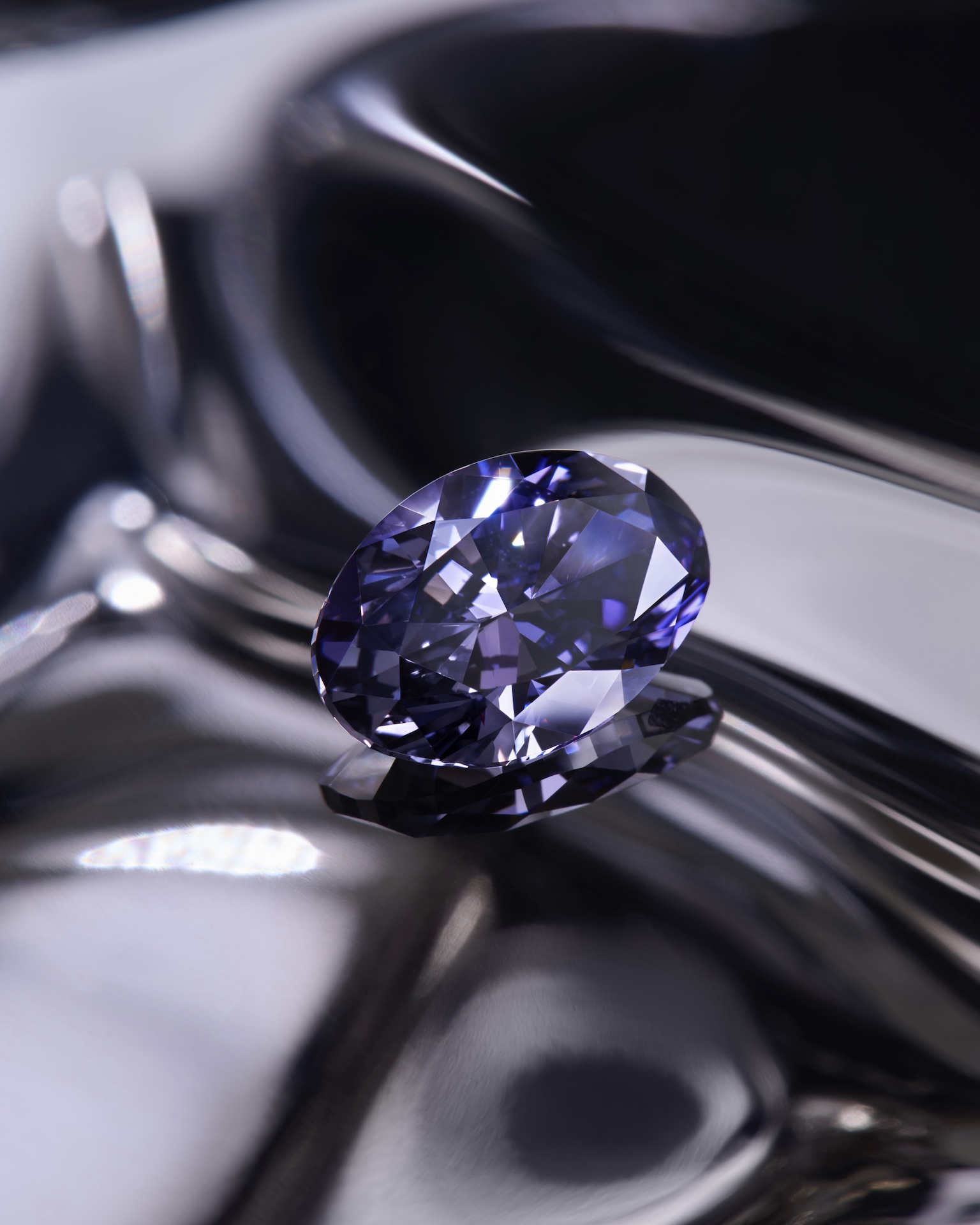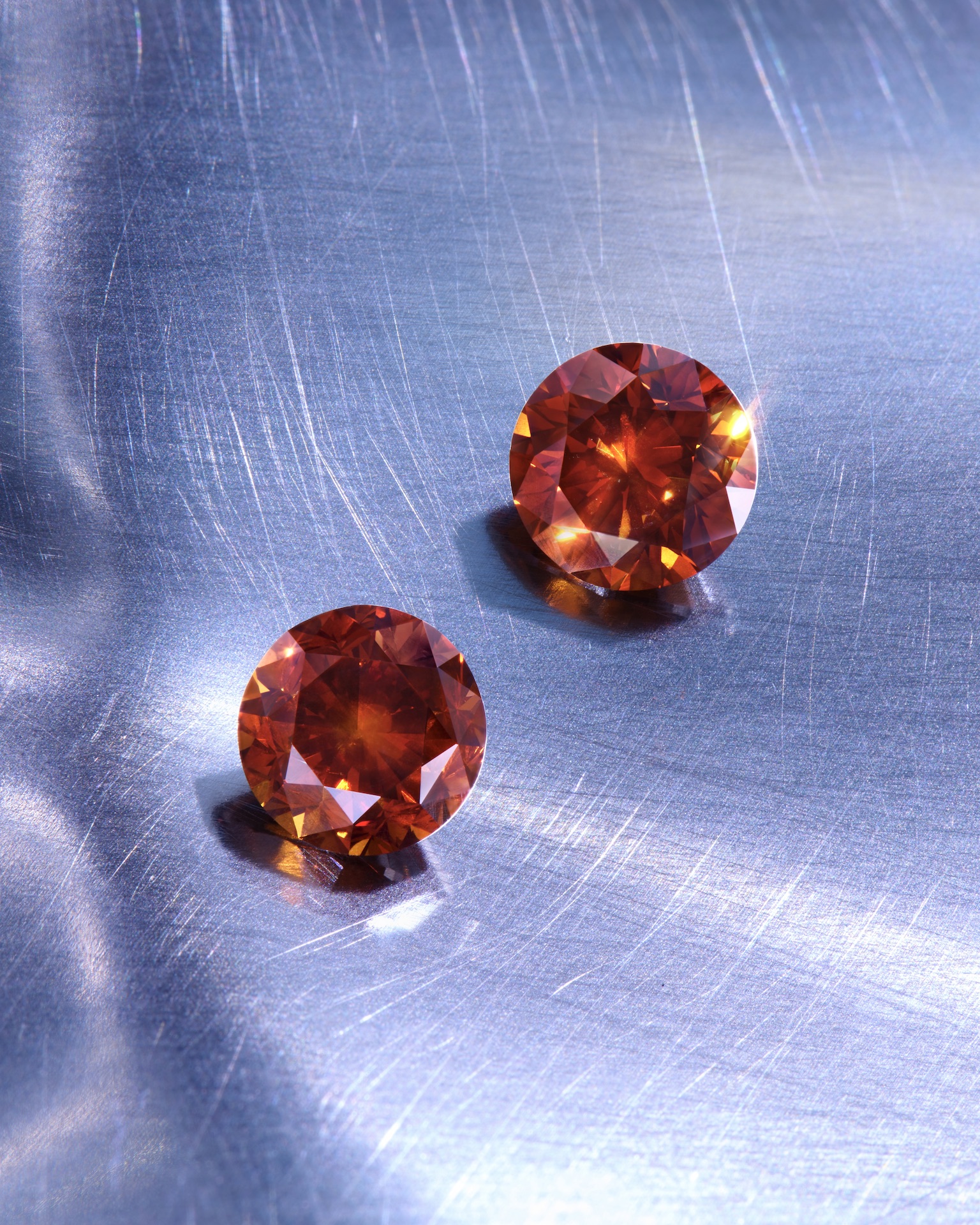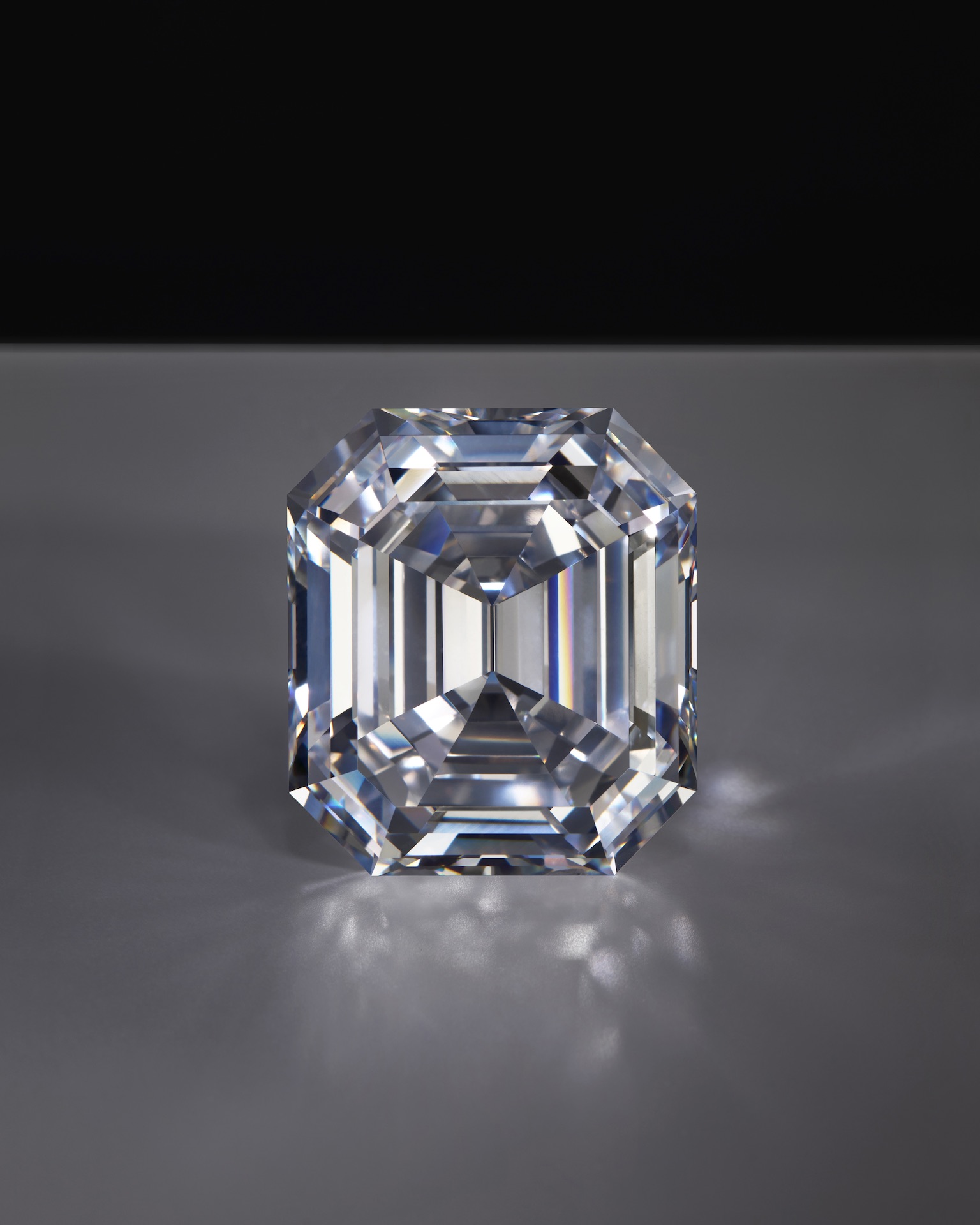Rare Beyond Compare:
4 Extraordinary
Natural Diamonds
Discover the fascinating journey of the rarest of natural diamonds, the Argyle Violet, the Rising Sun and the Setting Sun, as well as the 125.35-carat Jonker I.


The creation of natural diamonds is nothing short of a cosmic ballet choreographed by nature’s hand. Over a billion years ago, the perfect confluence of extremities was necessary for their formation—a “Goldilocks” scenario of heat and pressure, occurring precisely where essential elements existed.
This already makes natural diamonds a rarity, but the journey doesn’t end there. For these gems to escape their deep-seated birthplaces over 100 miles beneath the Earth’s surface, volcanic eruptions had to ensue directly in the path of where diamonds had formed. These eruptions propelled the diamonds upwards, rushing them toward the surface. Without these violent geological events, diamonds would remain undiscovered forever.
The alignment of such improbably perfect conditions makes the existence of natural diamonds a miraculous gift that continues to fascinate and bewilder scientists and enthusiasts alike. We can now add context to their rarity, estimating that if all the polished diamonds in history were put together, they wouldn’t entirely fill a London bus.
However serendipitous and remarkable their mere existence is, occasionally, a natural diamond is discovered that is so extraordinary it redefines the boundaries of what is thought possible. This is the story of four such breathtaking discoveries.
The Argyle Violet
In 2015, in the depths of Australia‘s famed Argyle Diamond Mine, nestled an extraordinary discovery, ‘The Argyle Violet,’ a 2.83-carat oval diamond of unimaginable rarity. This stunning gem, the largest of its kind, “is so significantly larger than any other violet diamond that it virtually defines its own class of rarity,” says Gemologist Tom Gelb. Designated by GIA as ‘Fancy Deep Greyish Bluish Violet,’ it is a monumental find.
The original 9.17-carat rough took many months of meticulous planning, cutting, and polishing by a single master craftsman to transform. The diamond marked a thrilling chapter in the Argyle mine’s storied legacy, celebrated as the source of over 90% of the world’s pink diamonds. Diamantaire and color diamond expert Larry West, who owns the gem, remembers, “When I first saw the colors coming from Argyle, I knew they were special because of their saturation and intense color tone that hadn’t been seen before.”

“The specific, high frequency of violet discovered at Argyle is not found anywhere else,” West explains. “Of all the violet diamonds ever discovered at Argyle, this one stone accounts for nearly 25% of the total carats.”
Don’t confuse them with natural blue diamonds like the famous Hope Diamond. While blue is among the rarest diamond colors, violet stands in a class of its own and owes its color to different phenomena. A recent paper by the GIA revealed that over a ten-year period of diamonds sent for testing, blue diamonds were approximately ten times more common than violet.
Gelb says, “The cause of violet in diamonds is still debated. They have been found to have both Hydrogen and Nickel within them, so some combination of these two elements is likely the cause. But, like orangey reds, these diamonds are so rare, there is not enough available for study.”
West says, “There is a great argument for the Argyle Violet being the rarest diamond ever found.”
The Rising Sun and The Setting Sun
Fourteen years ago, a rare diamond collector, Mr. Kushal Sacheti, came across a diamond so rare that even seasoned collectors like himself would likely never see something like it in person. However, there are more incredible parts of the story. What made his find so extraordinary was that he already owned a diamond that was a near-perfect match. It was a seemingly impossible find. Now known as The Rising Sun and The Setting Sun, this matched pair of diamonds manifest the most elusive diamond hues: red and orange. These round brilliant cut gems, weighing 1.49 and 1.52 carats, respectively, are miracles of nature and probability.
The Gemological Institute of America’s (GIA) designation of their colors— ‘fancy reddish orange’ for The Rising Sun and ‘fancy brownish orangy-red’ for The Setting Sun—barely does justice to their visual harmony. To the unaided eye, they are a near-perfect match, their fiery glow reminiscent of the celestial dance at dawn and dusk.

Gemologist Tom Gelb explains, “To have a matched pair like this beggars belief and seems almost impossibly lucky.” The Rising Sun and The Setting Sun are believed to be the largest matched pair of diamonds with red color to exist. Their serendipitous pairing is nothing short of destiny.
According to Gelb, the genesis of their mesmerizing hue is up for debate. He says, “So few orangey reds have ever been discovered that I wouldn’t even hazard a guess.” Many experts agree that the red color is due to enough heat and pressure within the Earth to introduce structural anomalies at a molecular level. These conditions often destroy potential red diamonds, making their survival a phenomenon. Conversely, according to Gelb, orange color can have two causes. “One is due to nitrogen atoms replacing carbon atoms, and the other is still unknown. There are simply not enough of these diamonds available to study.”
This pair shows nature’s capacity to create the sublime out of the extreme and how even the most unlikely pairs can unite to form a legacy of unparalleled splendor.
The Jonker I
In January 1934, Johannes Jacobus Jonker unearthed the Jonker diamond in South Africa, a colossal 726-carat gem that quickly triggered international excitement. It was the fourth largest diamond ever found at the time and rumored to be a fragment of the famed Cullinan, the world’s largest diamond. The rarity of a diamond this size placed it firmly under the global spotlight. Sir Ernest Oppenheimer first purchased it before selling it to the legendary jeweler Harry Winston in 1935. Winston famously shipped it uninsured to New York for just 64 cents, unveiling it to a captivated audience of reporters.

Winston toured the diamond across America, photographing it with celebrities like Shirley Temple before entrusting it to diamond cutter Lazare Kaplan. Kaplan’s meticulous planning over almost one year culminated in the cutting of the diamond into 13 pieces, with the largest, the emerald cut Jonker I, initially at 142.90 carats and later refined to 125.35 carats. Its size alone would place it in the history books; however, its unrivaled lack of color and near-flawless clarity make it a true marvel. Gemologist and world-leading diamond expert Tom Gelb explains, “A diamond of this size rarely withstands the billions of years of formation, extreme conditions, and the violent volcanic journey to the surface.” The Jonker I traversed through royal hands, mysteriously disappearing after King Farouk’s fall but resurfacing in Queen Ratna of Nepal’s possession and reappearing at a 2023 exhibition in the Los Angeles Natural History Museum after decades of not being seen.
The current owner, Ibrahim Al-Rashid, said, “My father purchased the stone in the early 80s and it has been in our family ever since. It’s one of several notable pieces we have invested in over the years. I am keenly aware that owning and touching something valuable and unique is a privilege. Besides the sparkle and beauty, I feel a spiritual connection with Earth when I hold the Jonker I. I get lost looking at the stone every time I hold it.”
